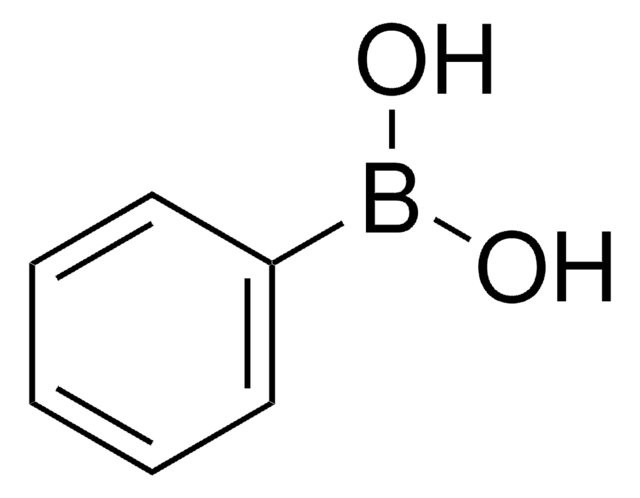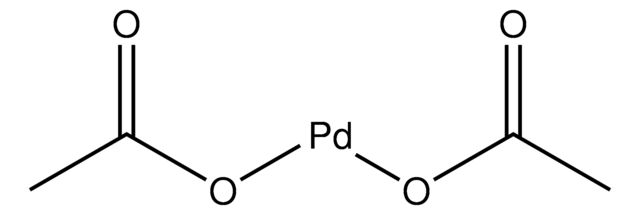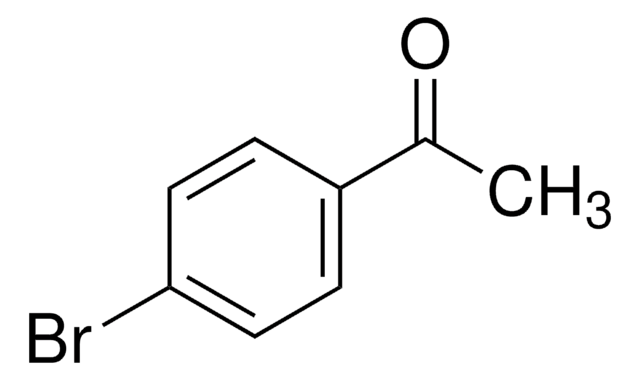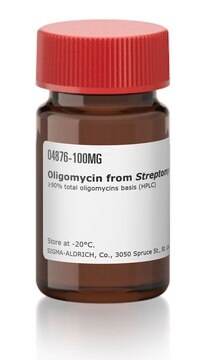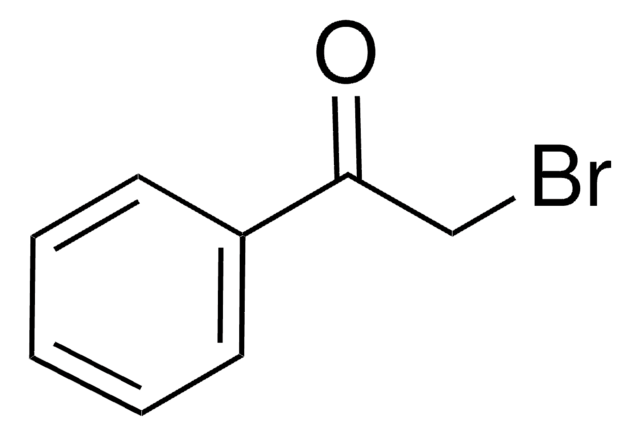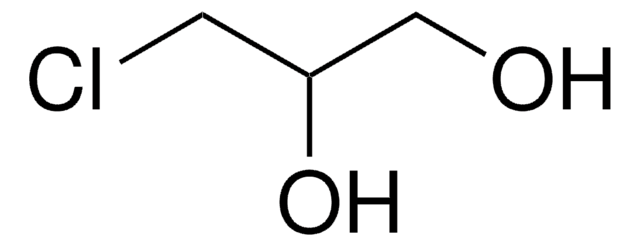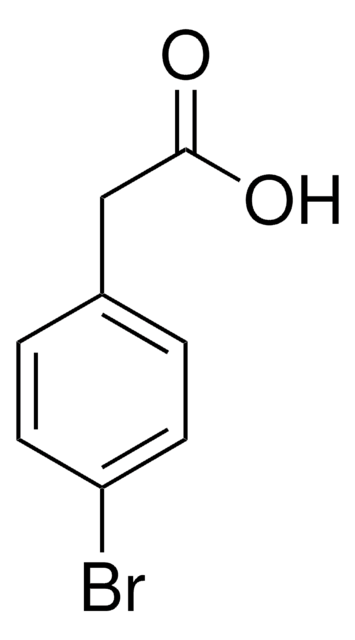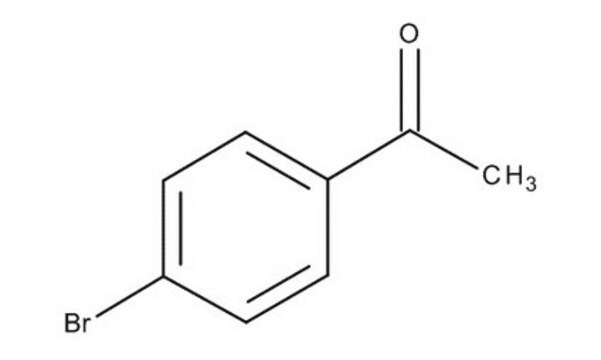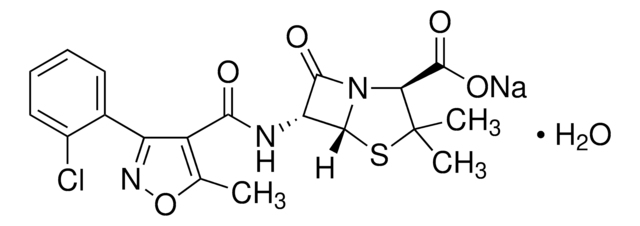78181
Phenylboronic acid
purum, ≥97.0% (HPLC)
Synonym(s):
Benzeneboronic acid, Dihydroxyphenylborane, NSC 66487, Phenyl-boric acid, Phenylboric acid, Phenyldihydroxyborane
About This Item
Recommended Products
grade
purum
Quality Level
assay
≥97.0% (HPLC)
form
crystals
mp
216-219 °C (lit.)
218-222 °C
SMILES string
OB(O)c1ccccc1
InChI
1S/C6H7BO2/c8-7(9)6-4-2-1-3-5-6/h1-5,8-9H
InChI key
HXITXNWTGFUOAU-UHFFFAOYSA-N
Looking for similar products? Visit Product Comparison Guide
General description
Phenylboronic acid (PBA) is an organoboronic acid. It behaves as a molecular receptor that can attach to compounds containing cis-diol group. Microwave-assisted Suzuki coupling of aryl chlorides with phenylboronic acid in the presence of Pd/C (catalyst) and water (solvent) has been described. Palladium-catalyzed cross-coupling reaction of phenylboronicacid with haloarenes to afford biaryls has been reported.
Application
- Rhodium-catalyzed intramolecular amination.
- Pd-catalyzed direct arylation.
- Mizoroki-Heck and Suzuki-Miyaura coupling reactions catalyzed by palladium nanoparticles.
- Palladium-catalyzed stereoselective Heck-type reaction.
- Highly effective Palladium-catalyzed arylation Suzuki-Miyaura cross-coupling in water.
Phenylboronic acid may be employed as reagent in the preparation of:
- Ni(II) pincer complex and Pd(II) pyridoxal hydrazone metallacycles as catalysts for the Suzuki-Miyaura cross-coupling reactions.
- N-type polymers for all-polymer solar cells.
- Novel series of potent and selective mTOR kinase inhibitors.
- Inhibitors of lactate dehydrogenase against cancer cell proliferation.
Other Notes
signalword
Warning
hcodes
Hazard Classifications
Acute Tox. 4 Oral
Storage Class
11 - Combustible Solids
wgk_germany
WGK 3
flash_point_f
Not applicable
flash_point_c
Not applicable
ppe
dust mask type N95 (US), Eyeshields, Gloves
Choose from one of the most recent versions:
Already Own This Product?
Find documentation for the products that you have recently purchased in the Document Library.
Customers Also Viewed
Our team of scientists has experience in all areas of research including Life Science, Material Science, Chemical Synthesis, Chromatography, Analytical and many others.
Contact Technical Service